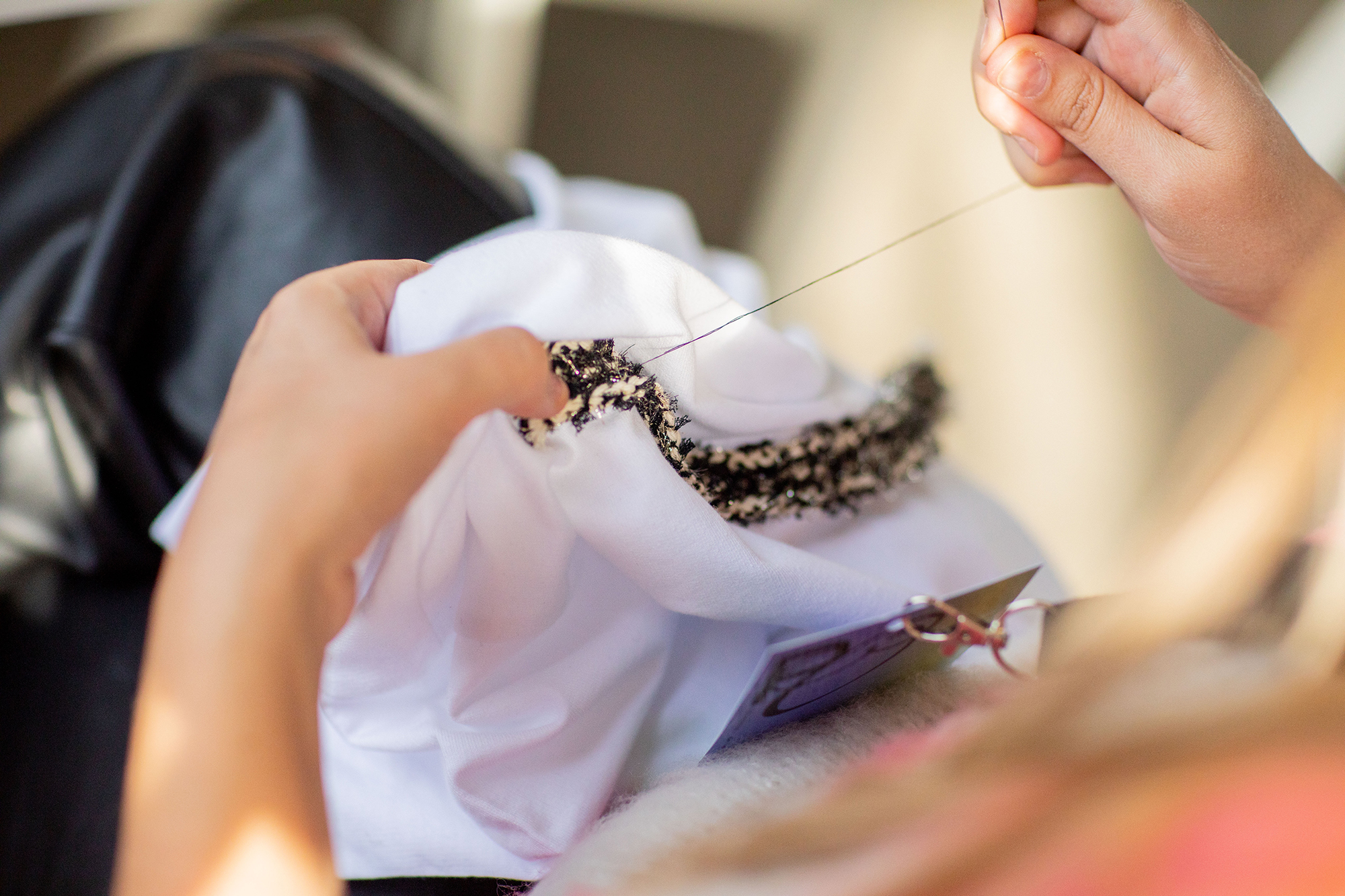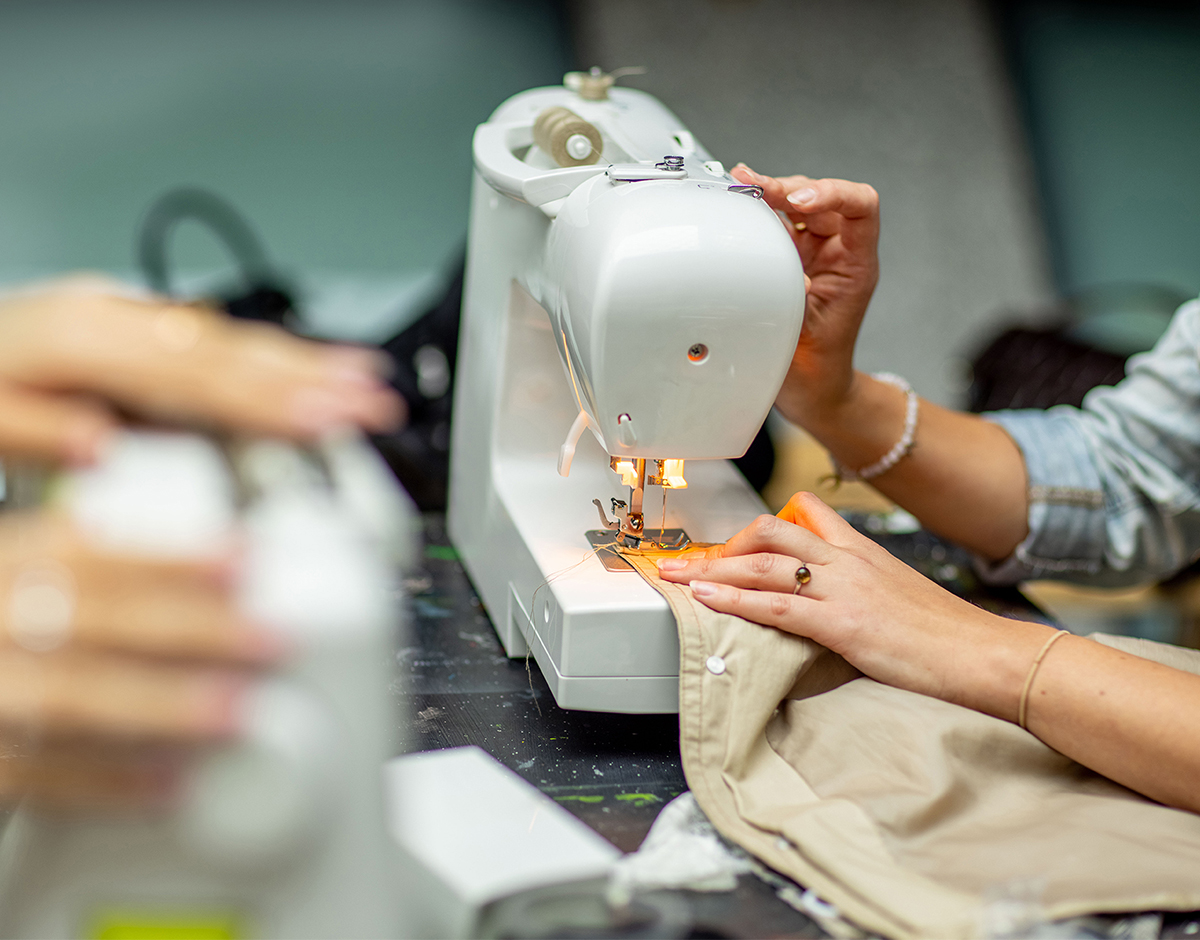Repairing is sustainable – it allows you to extend the life of your clothes, thus reducing textile waste. Every piece of clothing you save from being thrown in the rubbish is a step towards a smaller environmental footprint. You can proudly join the ranks of people who care about refurbishing damaged clothing. Such an action can help raise awareness of the environmental impact of your everyday clothing habits in others you encourage. Changing small habits is a step on a new path as a responsible consumer.
Dressmaking gives you the opportunity to personalise and modify your wardrobe, allowing you to express an individual style based on uniqueness and originality. Why duplicate patterns? Coloured appliqués, embroidery to cover up spots or dirt, fancy alterations or repainting your clothes mean that no one will have another item like yours, and you can manifest your unconventionality.
It’s hard to overlook savings in the list of benefits of fixing up your own wardrobe. Extending the life of your clothes can help you keep money in your wallet by avoiding frequent purchases of new clothing.
Repairing clothes can also be a great way to build community by sharing skills, experiences and ideas with others interested in the same hobby. I can catch eyelets in knitwear, and you can teach me how to mask rubbing in jeans.
The process requires creativity and ingenuity in finding solutions. On the other hand, it’s an interesting and ultimately rewarding process. Each repair is different and gives a lot of room for our imagination. You can try to repair a garment to bring it back to its pre-damaged state or highlight the repair, making it a point of pride. Children’s clothes are particularly graceful in this category, as they take on extra qualities enchanted by their mother.
Preserving the tradition of garment repair is a valuable craft heritage passed down from generation to generation and the promotion of traditional tailoring skills. The once numerous workshops of this type have today become rare. Along with this, the tailoring skills of everyday people are even rarer. If you don’t want to take on the task of narrowing your beloved trousers by yourself or if you find it difficult to replace the zipper on your jacket, rely on the support of craftsmen in your city or neighbourhood. You certainly won’t regret it.
The development of new technologies and widespread access to all kinds of information make it easier for even beginners to learn and repair clothes. On the internet you will find plenty of tips, tutorials, guides or hobby groups to help you develop your sewing skills. You can start with our suggestions HERE.
Repairing clothes can bring great satisfaction in one’s own achievements, especially when you manage to save favourite clothes from being thrown away or when you make complicated repairs with your own efforts. Think about involving your children in the process, for example. Can you imagine their pride in the backyard when they present the hand-sewn appliqués or alterations made with you?
Good luck!

